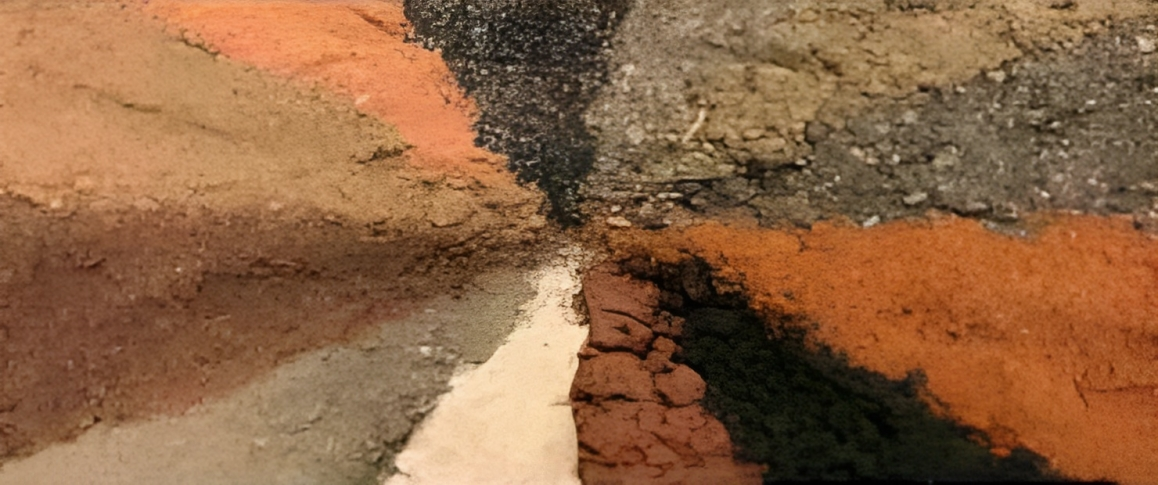Red soils
The presence of various iron oxides gives red soils their color. They are either generated from the decomposition products of rocks that have been washed to a lower level, or they are formed from the decomposition products of rocks that have been washed to a lower level. They include red sandy soil and red alluvium, as well as other soils. They are mostly made from a variety of rock formations such as granite and shales in a sub-humid climate. They are often deficient in organic matter and in fertility elements like as N, P, K, and lime.
They have a limited capacity for base exchange. In reaction, they are mildly acidic to neutral, with a pH range from 6.0 to 7.5. Kaolinite is the most common clay mineral. The majority of red soils have been classified as Alfisols.
Lateritic soils
They are generally found in locations with a lot of rain. They have a delicate feel and do not retain water. They are lacking in lime and have a response that is slightly to moderately acidic. The pH ranges between 5.0 and 6.0. Their basic exchange capacity is modest.
Laterite soils with high quantities of laterite have a pale red color, are extremely gravely, and have low fertility components. These created at low elevations have a darker hue, likely due to a large amount of humus deposition, a slightly finer texture, and are well drained. These soils are found all along the west coast of Maharashtra, Mysore and Kerala, on tops of hills in the Deccan, Madhya Pradesh and in Orissa along the Eastern Ghat.
Black soil
Under semi-arid circumstances, the black soil formed from Basaltic rock. The soils are dark brown or black in color. Locally called as regur or black cotton soil, deep black soil, and medium black soil are among them. They come in a variety of textures, from sandy loam to heavy clay; some black soils are porous, while others are dense and impervious.
The fact that black soil swells when wet during the rainy season and shrinks and fractures in the summer is one of its distinguishing characteristics. Deep black soil has a very high base exchange capacity. The pH ranges from 7.5 to 8.5, and the soil fertility is often low. The soils are nitrogen and phosphorus poor, but high in potash and lime.
Alluvial soils
Extreme depth and a grey or greyish brown tint identify them. They come in a variety of textures, from sandy loam to clay loam. The structure varies as well, with sandy soils being loose and free draining and clayey soils being solid and impenetrable. These soils are the most fertile; they are low in nitrogen, phosphate, and humus, but high in lime.
Saline and alkaline soils
These soils grow in dry and semi-arid environments. Their growth is also attributed to basin-shaped topography (inadequate drainage). They are primarily found in the black soil region in the south and west, the Indo Gangetic alluvium of the north, and the deltaic and coastal regions of the west and east coasts.
Peaty and marshy soils
Due to the presence of ferrous iron, they occur in depressions under submerged conditions and have taken on a blue appearance. Peaty soils, which have grown in humid locations as a result of the accumulation of huge amounts of organic matter, can be found in Kerala, north Bihar, and north Uttar Pradesh.
Sub mountain soils
These soils form under forests in high-rainfall sub-Himalayan locations. In response, the soils become acidic. There is a lot of organic stuff accumulating, and there isn’t any free lime.
Mountain meadow soils
These soils are found in the Himalayas at high elevations. With grass vegetation, the soils are shallow.

